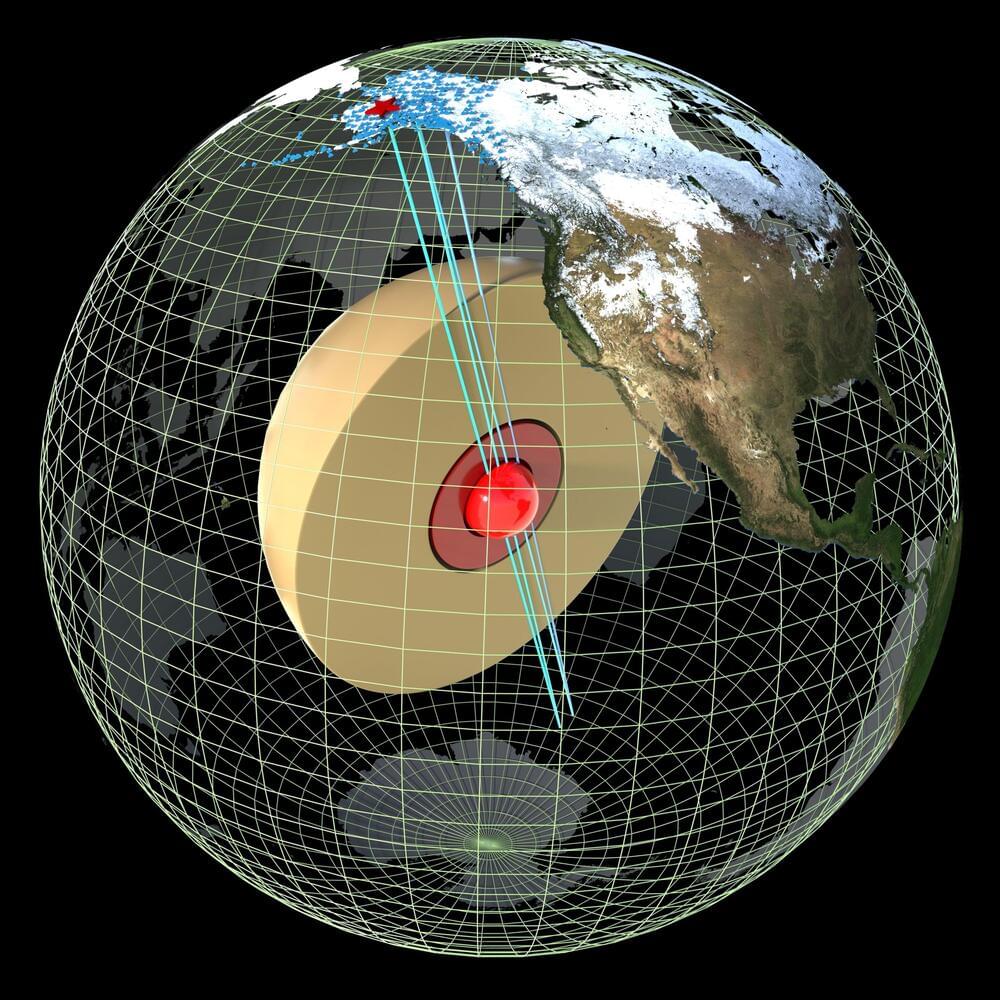Data captured from seismic waves caused by earthquakes has shed new light on the deepest parts of Earth’s inner core, according to seismologists from The Australian National University (ANU).
By measuring the different speeds at which these waves penetrate and pass through the Earth’s inner core, the researchers believe they’ve documented evidence of a distinct layer inside Earth known as the innermost inner core—a solid “metallic ball” that sits within the center of the inner core.
Not long ago it was thought Earth’s structure was comprised of four distinct layers: the crust, the mantle, the outer core and the inner core. The findings, published in Nature Communications, confirm there is a fifth layer.







